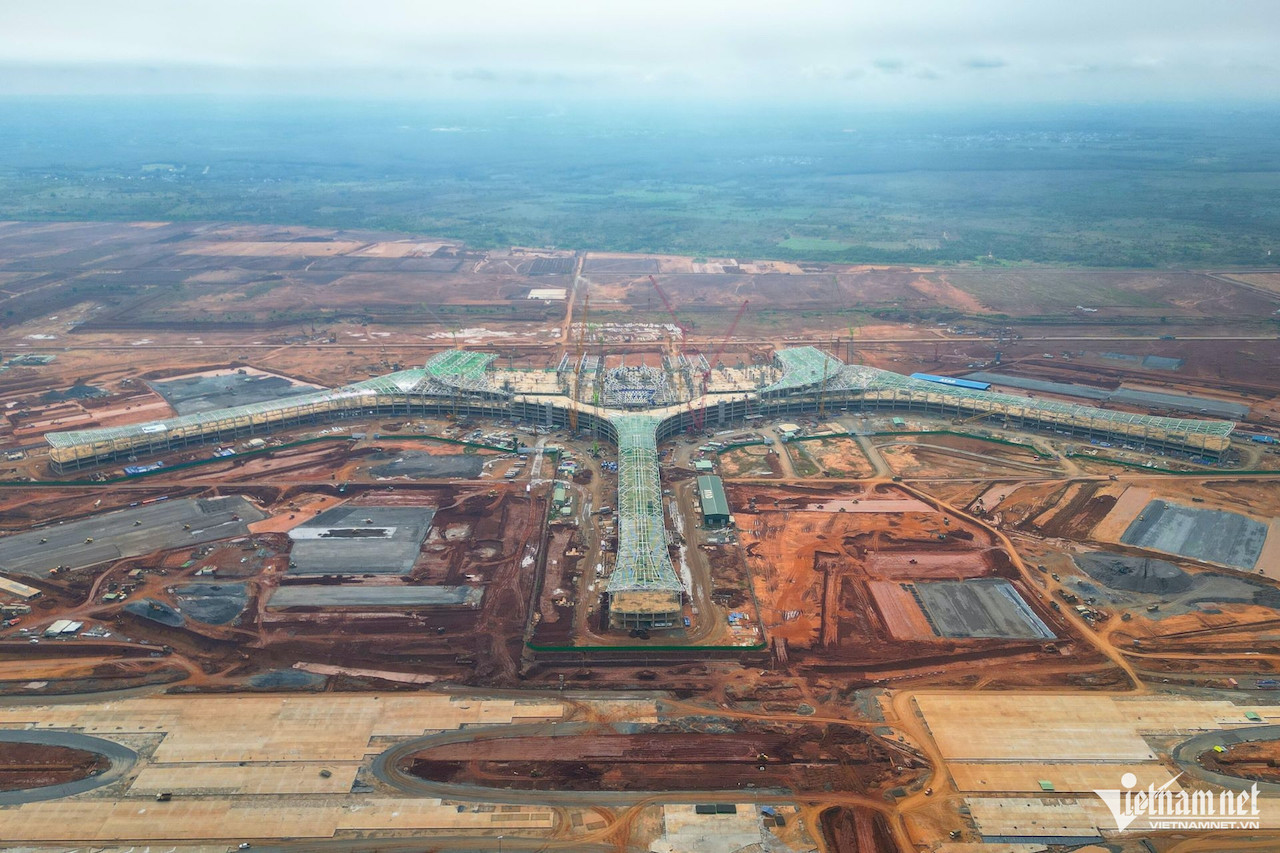
The Ministry of Transport has reported that several key packages of the Long Thanh International Airport Phase 1, Component 3 project are unlikely to be completed by December 31, 2025, due to the sheer volume of work and other challenges.
Current project status
According to the ministry, Component 3 consists of 16 construction and equipment packages. Of these, three have been completed, while seven are currently under construction.
Three additional packages are in the contractor selection phase, and approval of the design documentation for another three packages is expected in early 2025 to allow construction to begin in the first quarter of the year.
While three ongoing packages - including connecting roadways, airfield facilities, and perimeter fencing for the 5,000-hectare site - are expected to be completed by the end of 2025, four others have contractual deadlines extending into 2026.
Significant hurdles to progress
In December 2024, the Prime Minister directed the Ministry of Transport and the Airports Corporation of Vietnam (ACV), the project’s main investor, to reassess and establish a revised timeline to expedite the completion of Component 3 by the end of 2025.
Despite on-site inspections by ministry officials and contractors to explore potential timeline adjustments, challenges remain significant.
Key obstacles include:
Interdependent packages: Construction overlap between different packages increases the risk of delays and compromises the overall project timeline.
Material shortages: Simultaneous execution of large-scale projects in Dong Nai and Ho Chi Minh City has created competition for construction materials, posing a major supply challenge.
Skilled labor constraints: The aviation sector requires a highly skilled workforce, limiting eligible contractors to major firms that are already stretched across multiple projects.
Weather conditions: With the rainy season lasting from late May to October, only about seven months are available for effective construction in 2025.
The remaining workload is extensive and highly complex, relying heavily on the timely production, delivery, and installation of specialized equipment sourced internationally.
N. Huyen